Somehow it is difficult to keep up the blogging with all I've been doing. So rather that put nothing, I'll post a quick rundown of the last week or so, and then post more details and photos later.
On Friday, August 15, Jackie and her friend Laura and I had a long but lovely day trip to Saffron Walden and then to Audley End, both in Essex. Saffron Walden is a charming market town, with many buildings surviving from the 16th and 17th centuries or even earlier,and gave a feel for what a town of the 17th century would have been like. Among other buildings of interest is an inn that Cromwell used as his headquarters at one point during the Civil War.
Audley End is a stately home that Charles II bought in 1667, though he rarely used it, and it ceased to be a royal palace around the end of the 17th century. I don't know if Nell was ever there, but she could have been. Some of the house remains as it would have been when Charles owned it, some has alterations from the 18th and 19th century. The lovely extensive grounds include both lush lawns with a meandering river, and large gardens that are actively cultivated, and include many heirloom varieties of fruit. The house has a very nice living history component, with actors in Victorian costumes assuming the characters of servants from that era and working in the kitchens and other service areas.
After Audley End, we repaired to The Cricketers, the gastro pub/restaurant in Clavering, Essex, owned by the parents of renowned British chef Jamie Oliver. There were no reservations available for dinner, so we settled for a drink outside, enjoying the waning sunlight of the warm summer evening. And then to dinner at the Old King's Head in Chigwell, also in Essex. Parts of the place date from the 16th century, and Charles Dickens stayed at the inn while writing "Barnaby Rudge."
On Wednesday, August 20, Jackie and I went to Oxford, which was certainly a place that Nell knew. She may very well have gone there with the theatre company when they and the court left London to escape from the plague in 1665 (and in my book she does so). She certainly was there later. It was in Oxford during the turmoil over the Papist Plot that a crowd began to pelt or rock Nell's carriage, mistaking her for Charles's hated French mistress, Louise de Keroualle. Nell popped her head out and cried, "Pray, good people, be civil. I am the Protestant whore!"
The main streets of Oxford were a thousand years old when Nell was there, and of course much of the university dates from the 13th to 16th centuries. We stood on Folly Bridge, overlooking the river, the very site of the original "oxen ford" that gives the city its name.
My book includes a scene set in a park in Oxford in 1665, and I decided that University Park, north of the central area of town, which has been used as a pleasure garden at least since the 17th century, seemed suitable. Jackie and I took an enjoyable walk through the green grass and huge spreading trees, and along the banks of the Cherwell, where ducks swam. I was pleased to read later that it is a matter of record that Charles II did use to walk there with his spaniels.
The court was at Oxford during the plague, but Oxford was also the Royalist headquarters during the Civil War, and a place that Charles returned to several times during his reign.
Friday, August 22, was dinner at the Gun, a 200-year old pub at the northeast of the Isle of Dogs which is now a highly regarded and popular gastro pub. My Uncle Al had graciously invited me to host a dinner to thank the friends, neighbors, and colleagues who had done so much to help my mother during her last year or two, and to help me during my long and difficult time here. A great meal! If there hadn't been several vegetarians, I would have opted to order the "feast menu," with a whole roast suckling pig! When else will I ever get the chance? We had our own room on the second floor (or the first floor, in British terminology), looking right out over the water to what was formerly the Millenium Dome and is now the O2, a major performance venue with a collection of shops, restaurants, and bars.
I've also spent two more afternoons in the V&A archives at Kensington Olympia, going through materials related to theatre, which were formerly held in the Covent Garden Theatre Museum, now sadly defunct. I looked through the biographical files on playwright Aphra Behn, who was a friend of Nell's and dedicated a play to her; actress Elizabeth Barry, another friend, who specialized in tragedy while Nell excelled in comedy; and actors John Lacy, Edward Kynaston, and William Cartwright.
The V&A theatre archives also holds a copy of the catalogue for an exhibition of the dozens of paintings that Cartwright owned, including one of Charles II, and a catalogue for an exhibit about Nell Gwynn that was held at the Geffrye Museum in London in the 70s.
There are copies of the original designs for the scenery for the 1661 production of "The Siege of Rhodes" by William Davenant's Duke's Company in Lincoln's Inn Fields - the first production in England to use moving scenery.
It was incredibly exciting to hold in my hand the actual 1669 script of "Secret Love," the play that made Nell a star! And intriguing to read the 1658 "An Apology for Actors," purportedy written by Thomas Heywood, but probably actually written by William Cartwright, an actor who had been a member of the King's Company before Cromwell closed the theatres. He made his living as a bookseller during the interregnum, and was one of the principal members of the company when it was reestablished in 1660. He appeared in many plays that Nell was also in over the years, and she surely knew him well.
Last Saturday Jackie took her mother (and Jackie's boyfriend and me) to a wonderful lunch and then to the Donmar Warehouse's production of "Piaf," with Elena Roger giving a truly phenomenal performance in the title role. She's Argentinian, and got great reviews as Evita here last year. Remember her name; you'll be hearing a lot more about her!
Another night last week I had dinner with friend Alice at Booty's (yes! Booty's!), a pub on the riverfront in Limehouse, in the East End and not far from the Isle of Dogs. It's an area that in centuries past was full of sailors and other maritime-related folks and activities. Like prostitution. Now it's becoming more upscale. Sir Ian McKellan even lives there! And I think Helen Mirren is also in the area. As Alice and I ate, we watched a little platoon of sailboats carrying out maneuvers in the light rain on the choppy water. The Union Jack outside the window flapped wetly and furled itself around its flagpole, but eventually sprang free and waved proudly once more.
Of course London has been in an Olympics frenzy over the past couple of weeks, joyous but slightly stunned at their successful performance, and gearing up the handoff - the 2012 Olympics will be held at various venues right here in the East End. I was here on July 6, 2005, when London got the news that it had gotten the 2012 Olympics. I felt like a Londoner, happy that "we" had gotten it, and shaken the next day, with the subway bombings. One of my friends told me that it's said it takes three years for someone to consider themself a Londoner. I don't know - I'm part way there!
Wednesday, August 27, 2008
Subscribe to:
Post Comments (Atom)


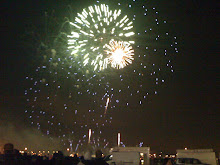










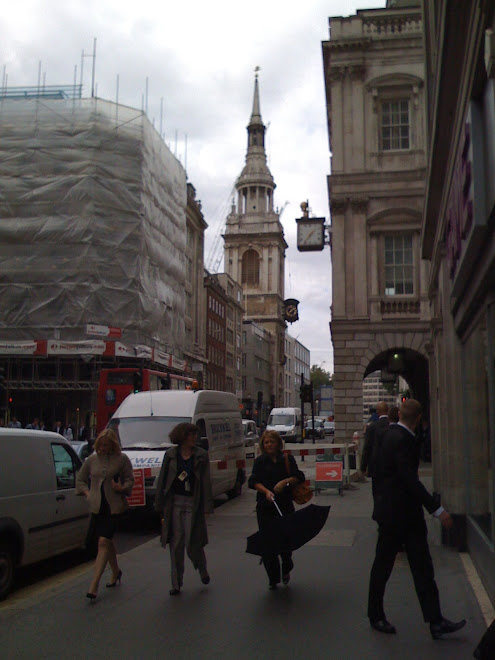

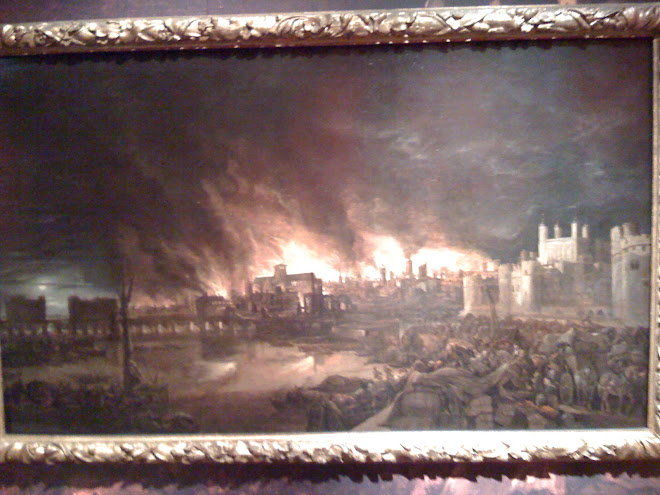
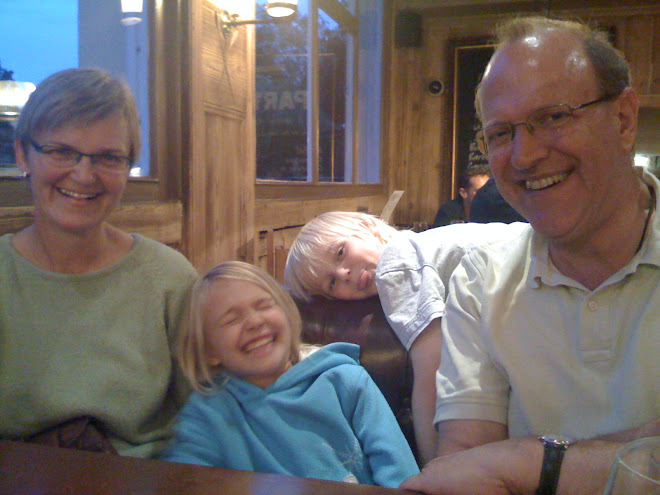


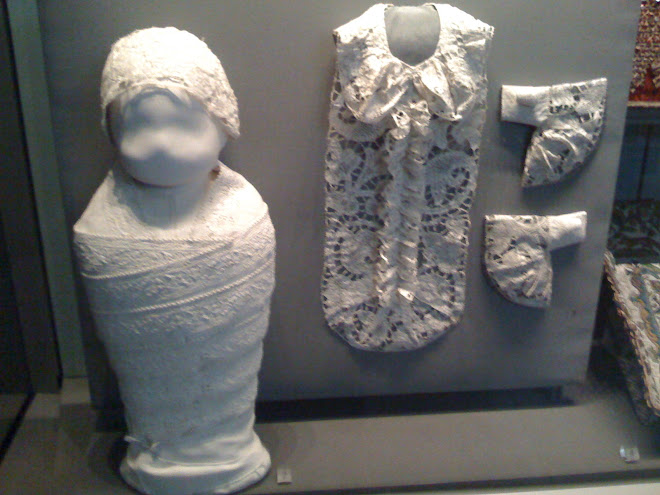
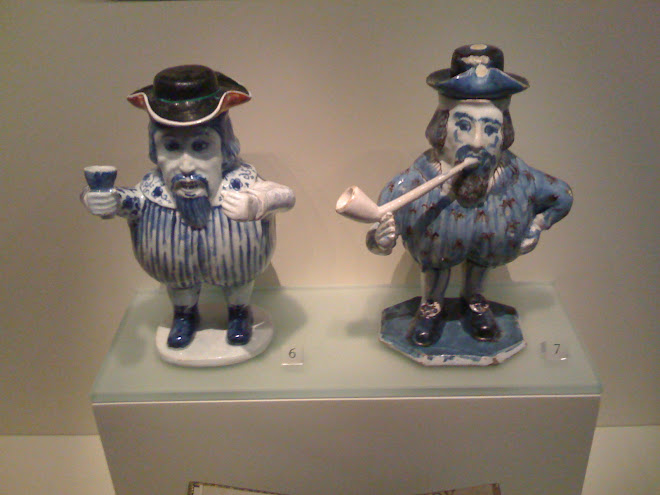
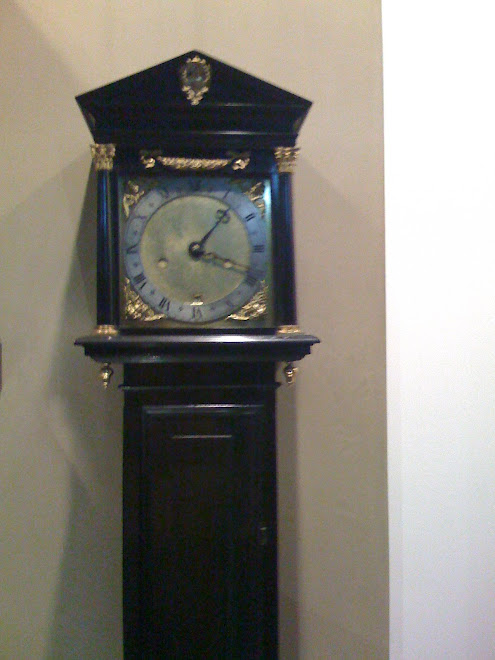
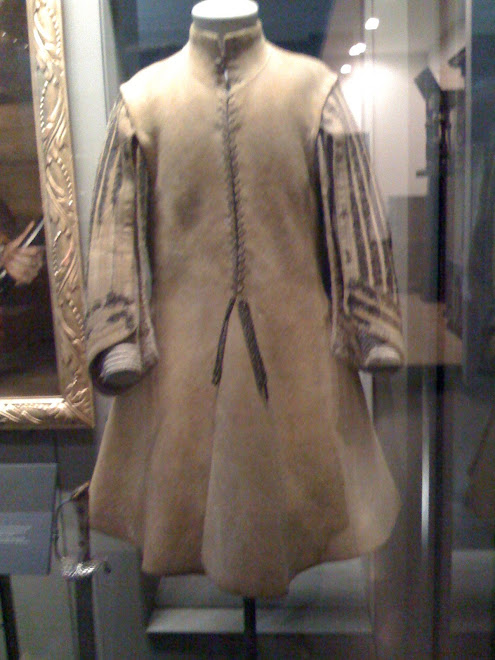

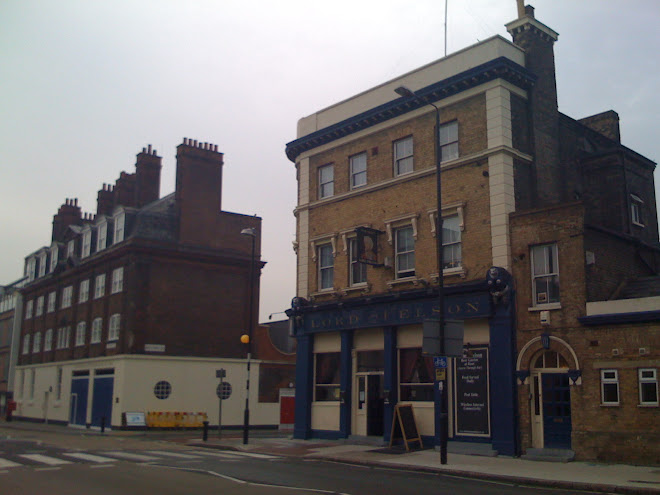
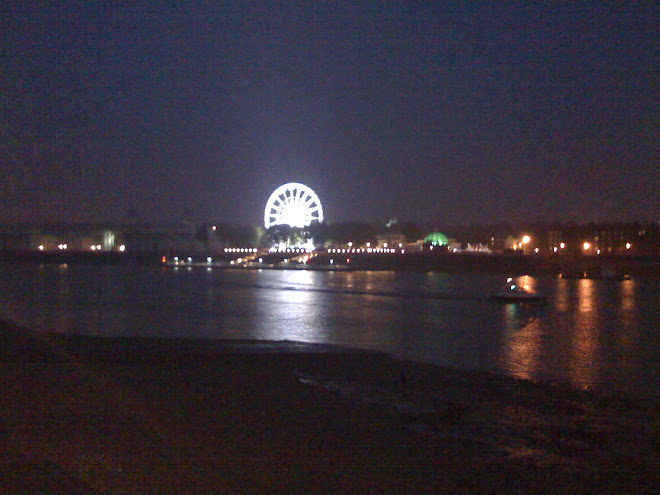
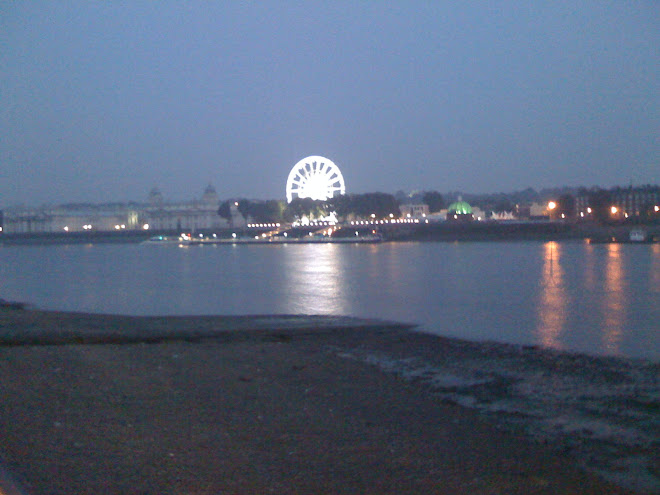
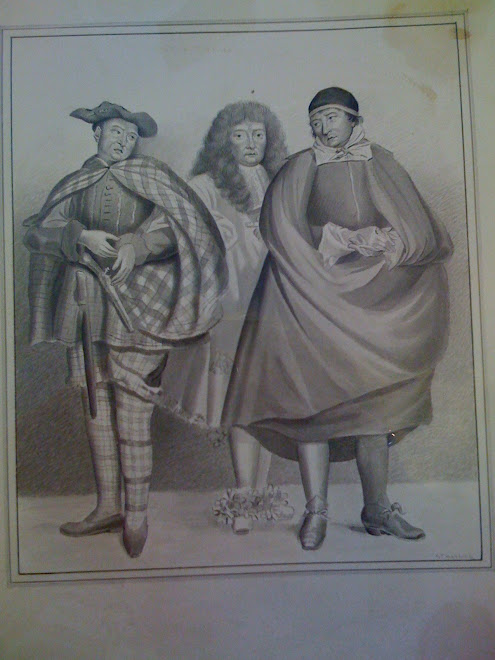
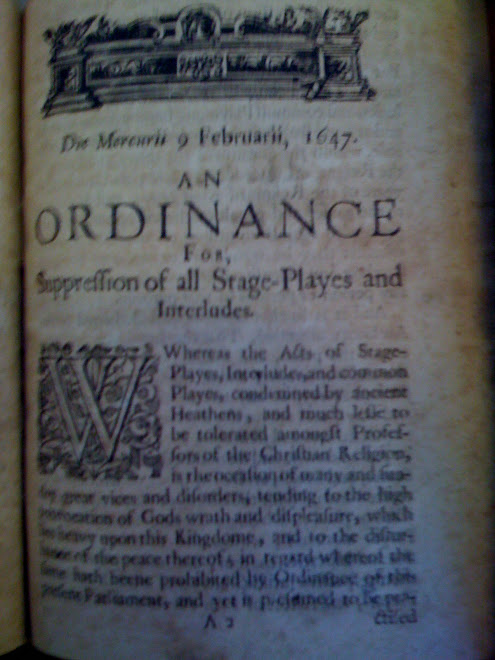
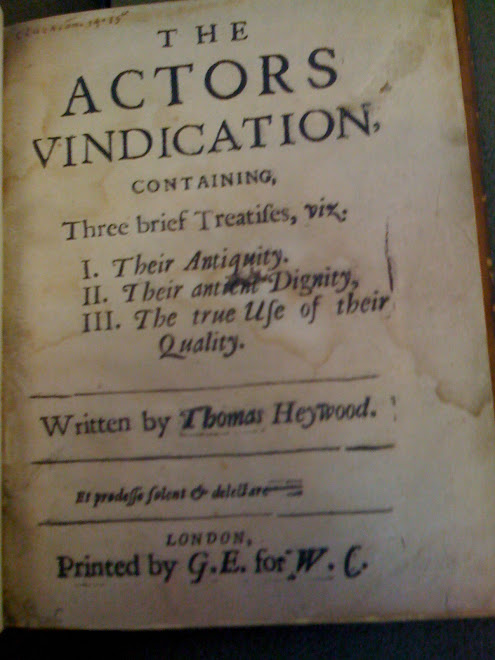
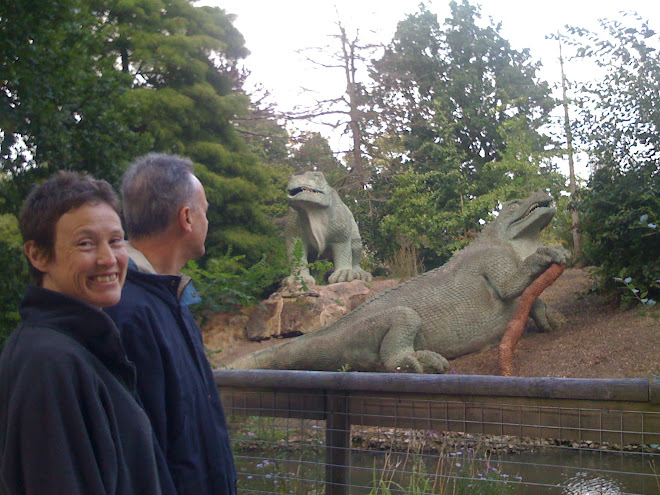


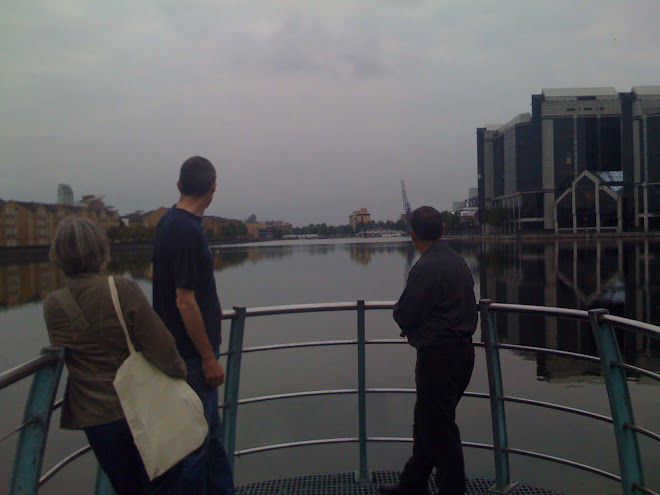
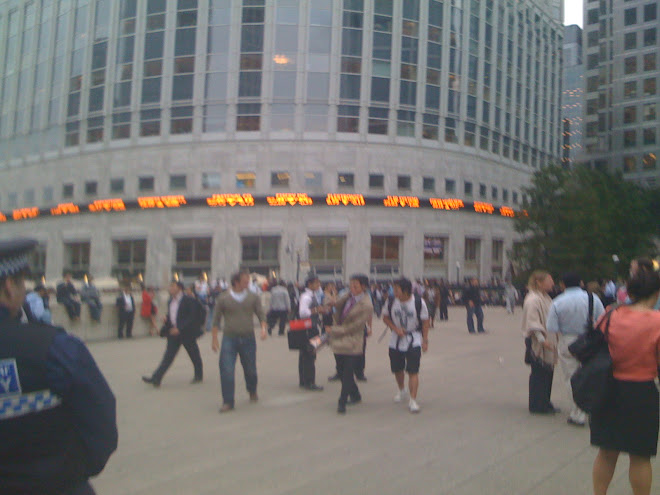
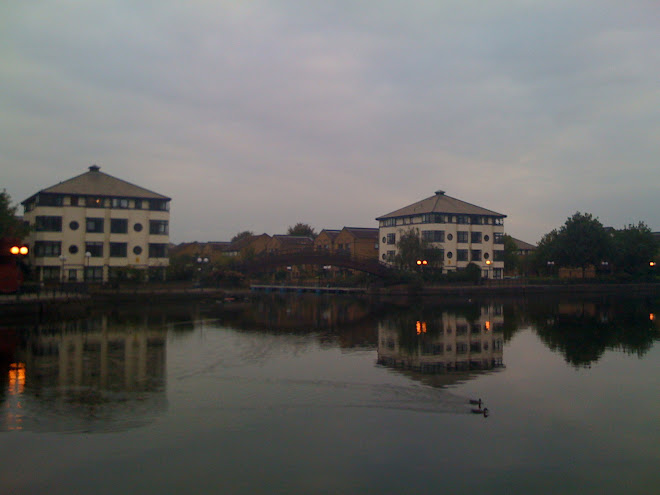

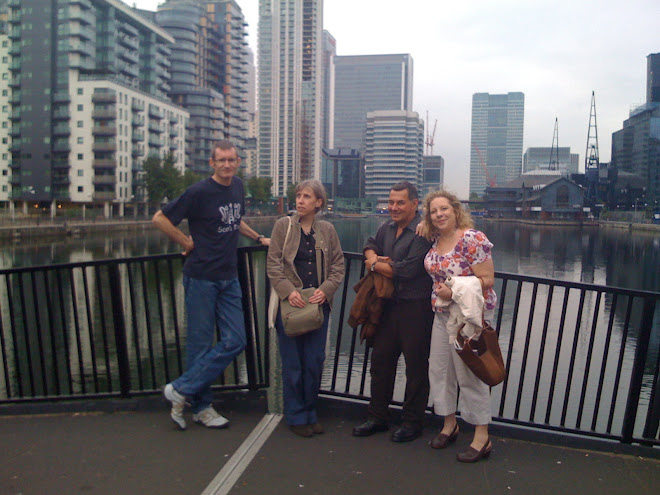

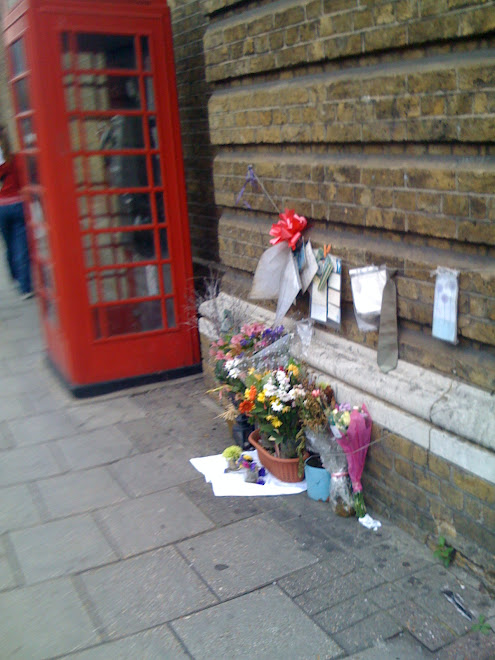

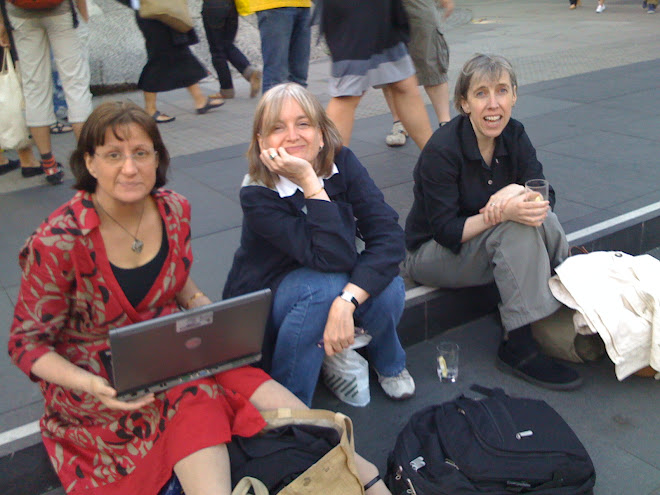
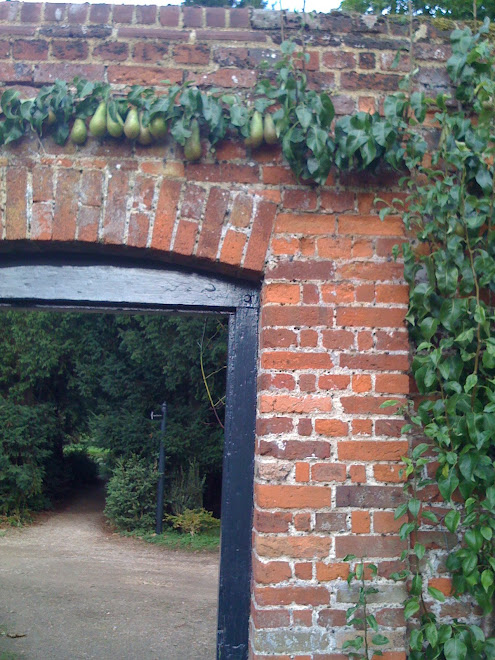
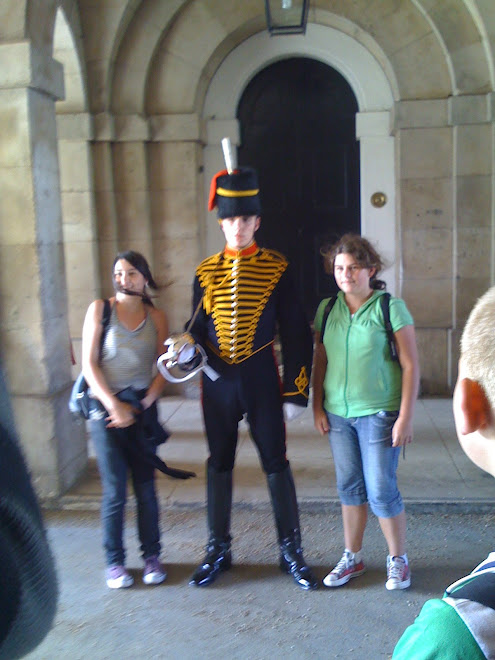
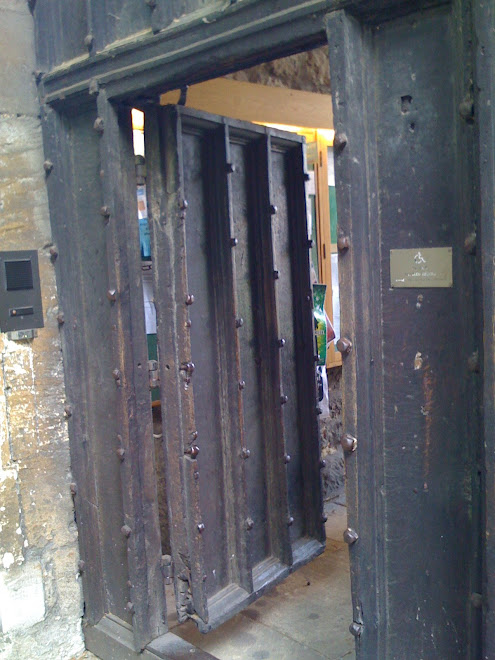
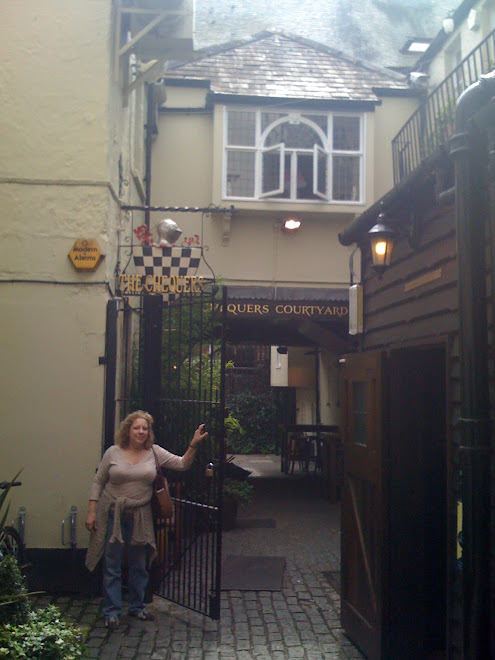
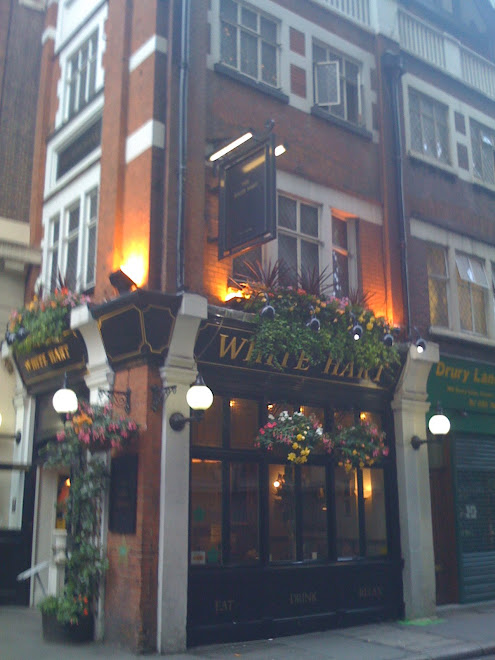


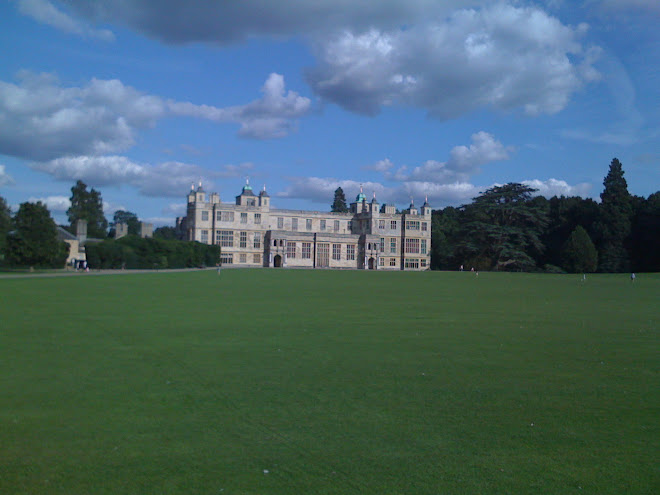
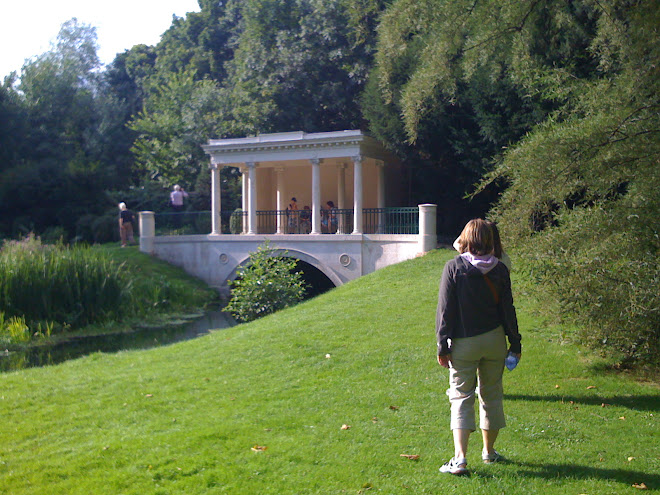

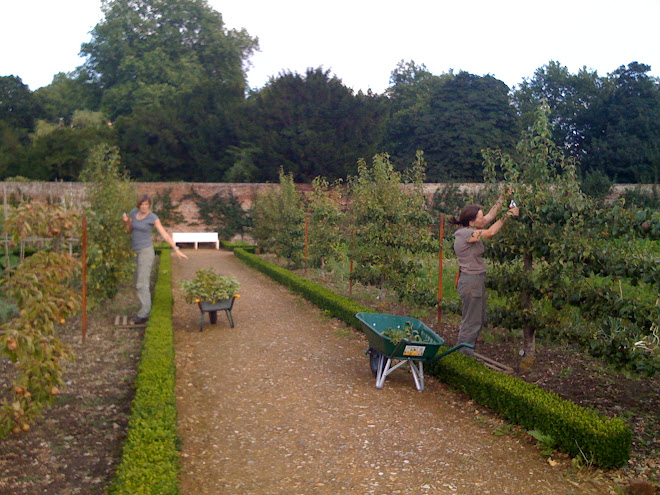
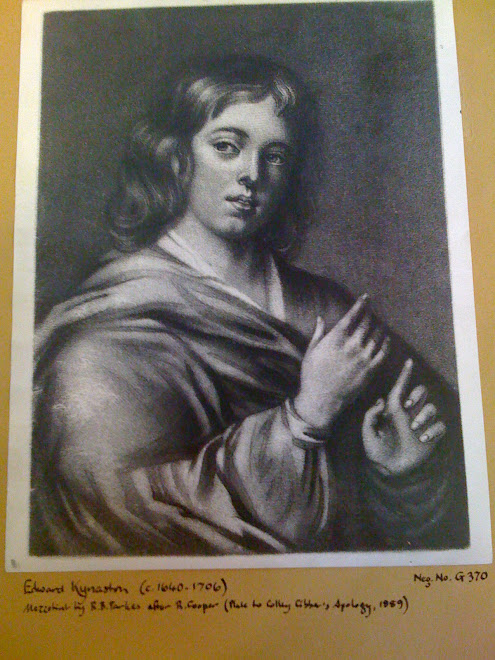


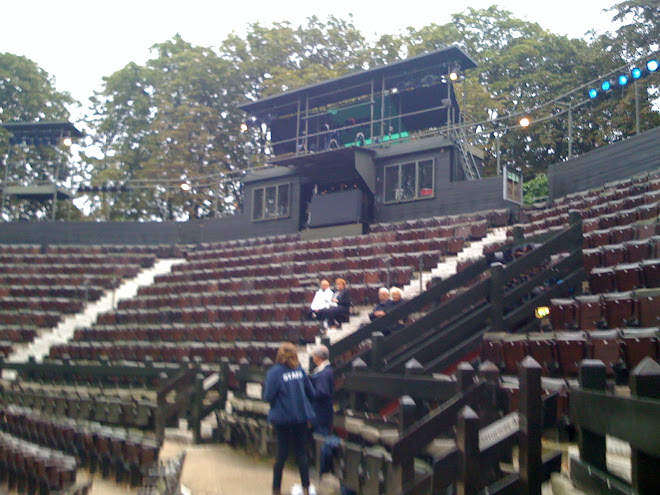
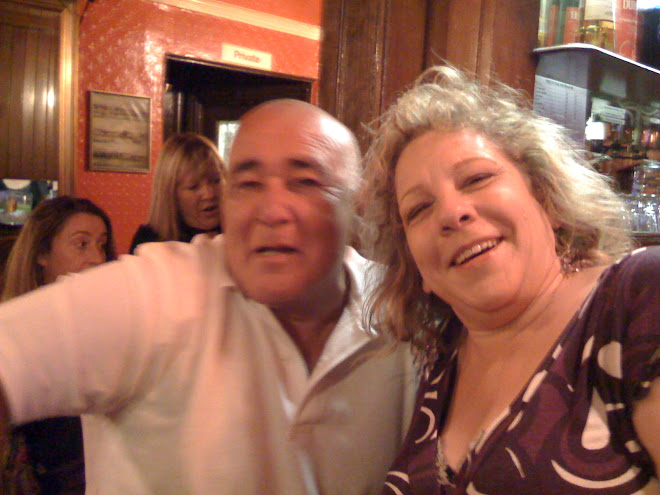

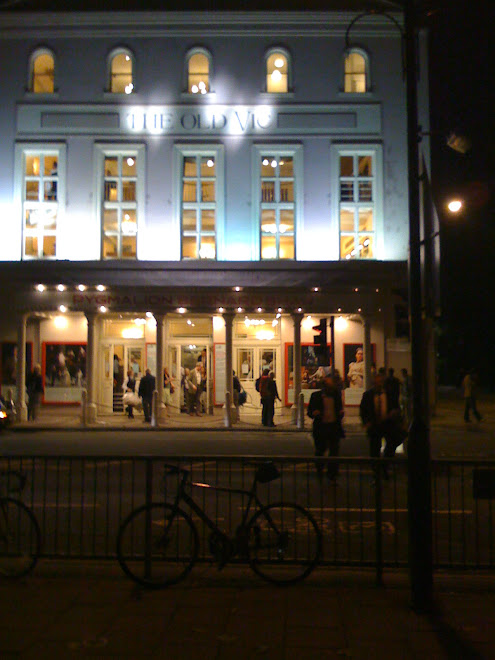
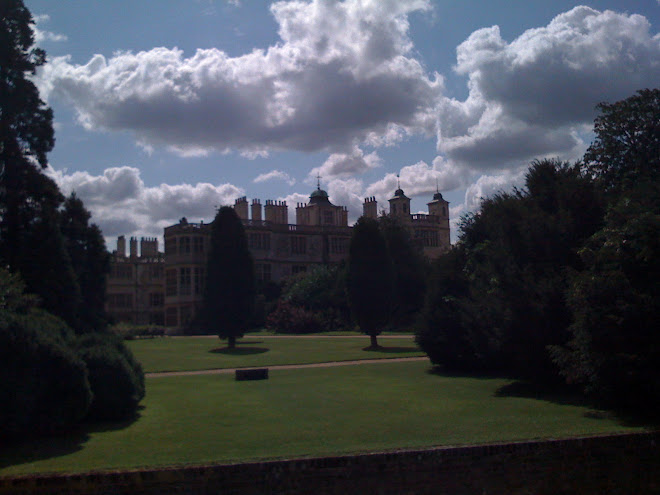
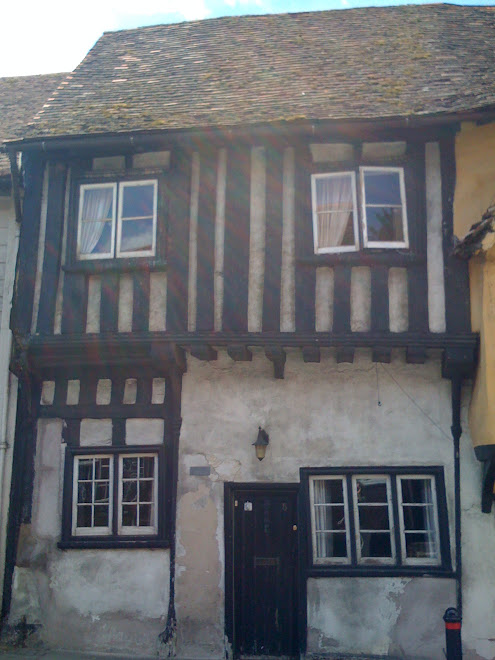

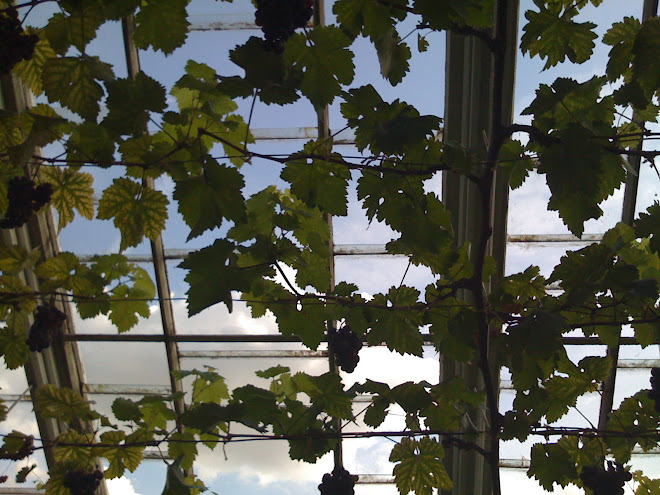
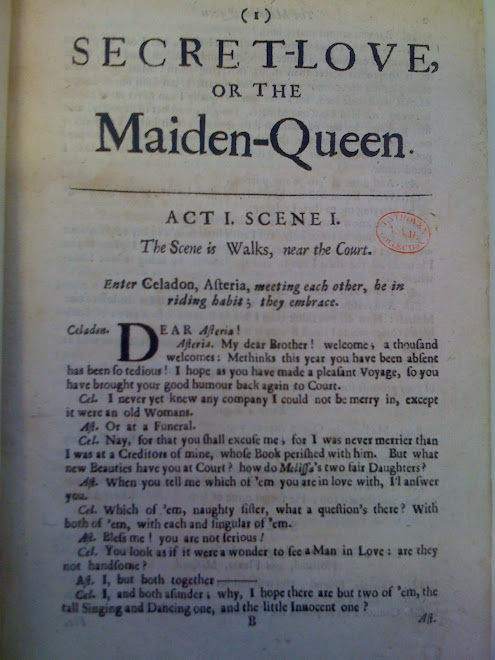
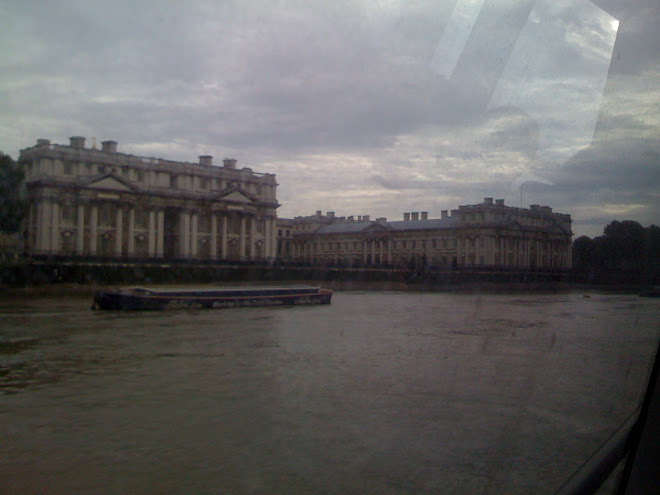

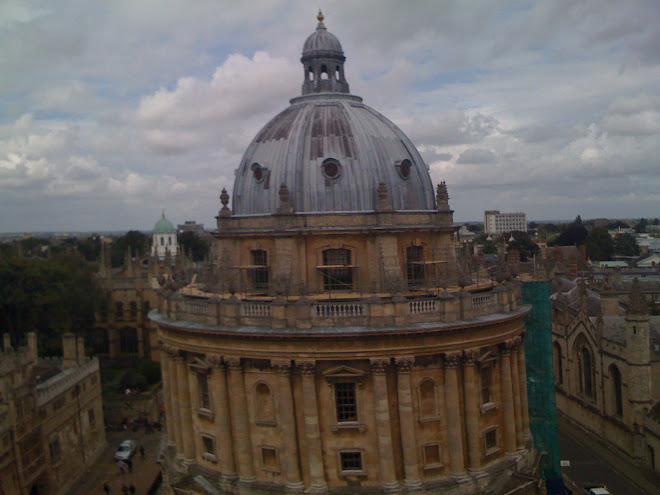
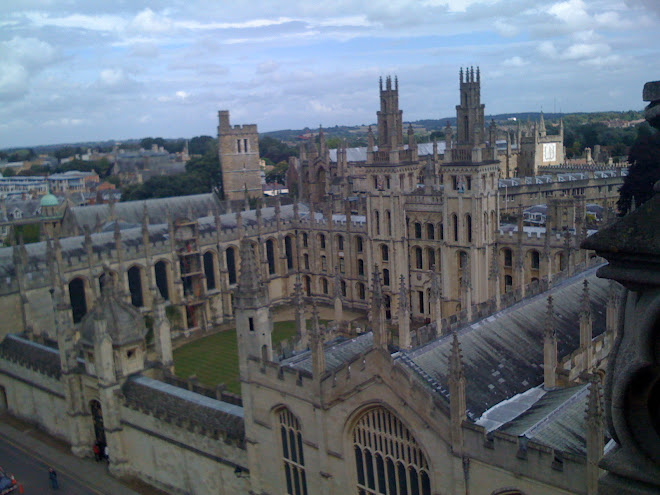
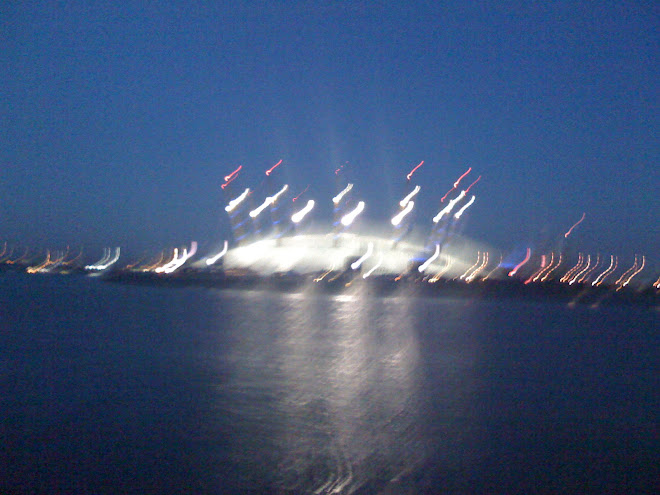
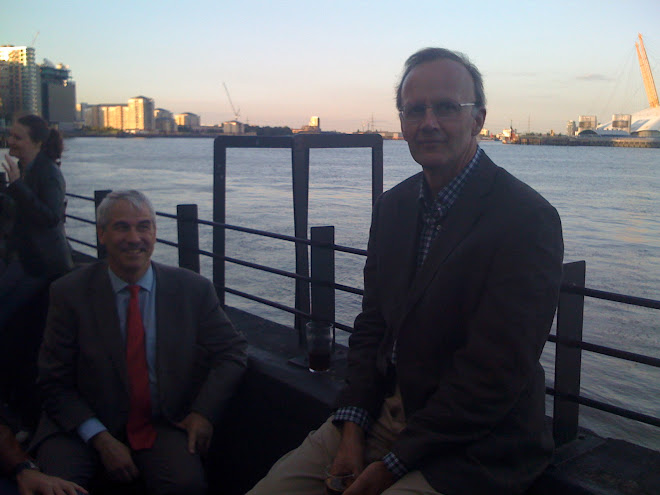
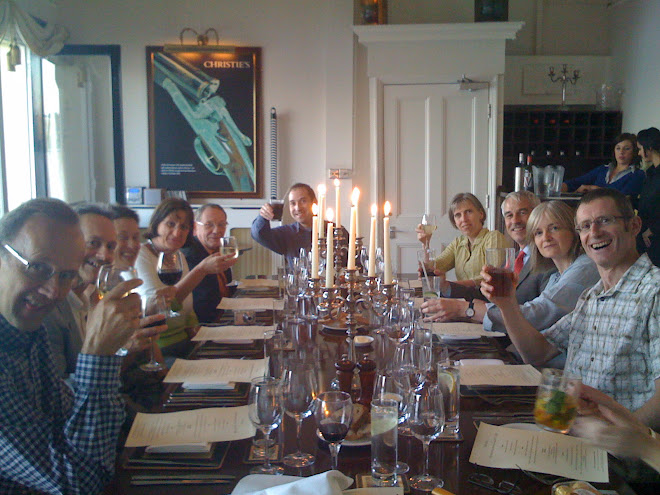



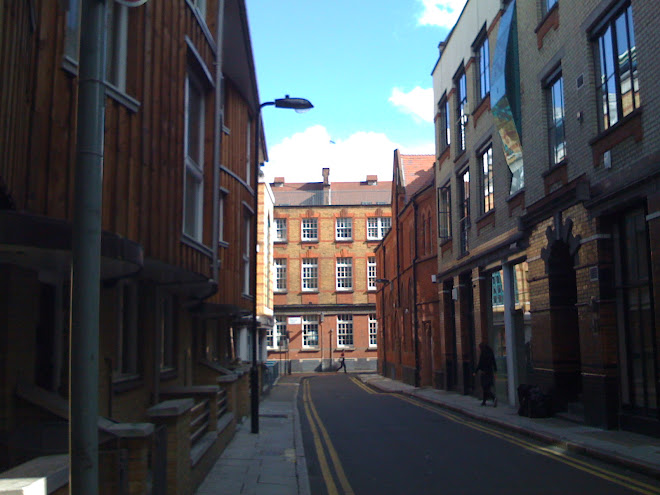
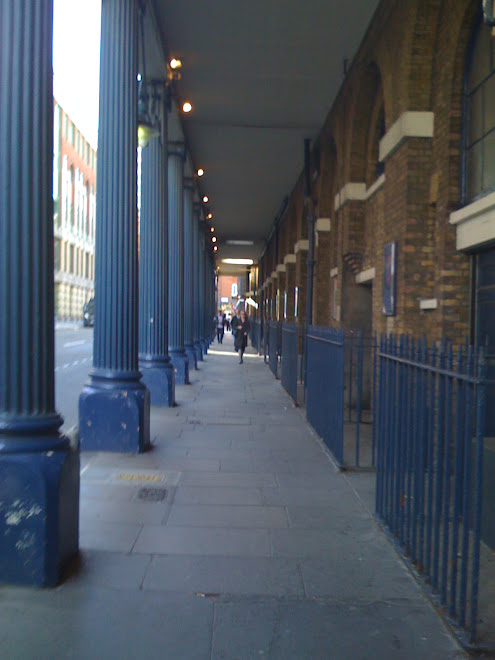

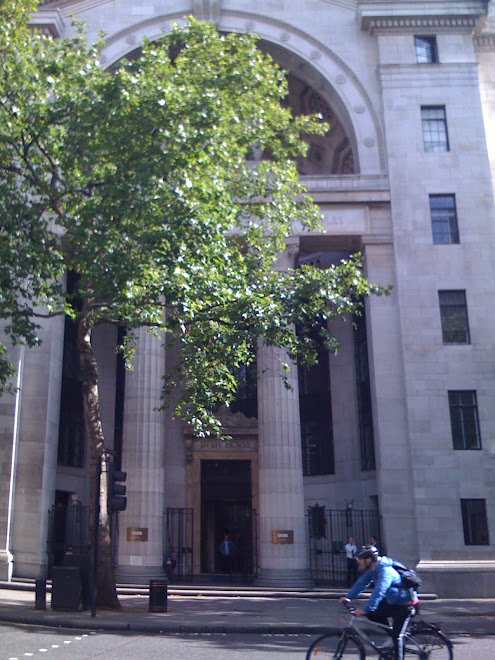

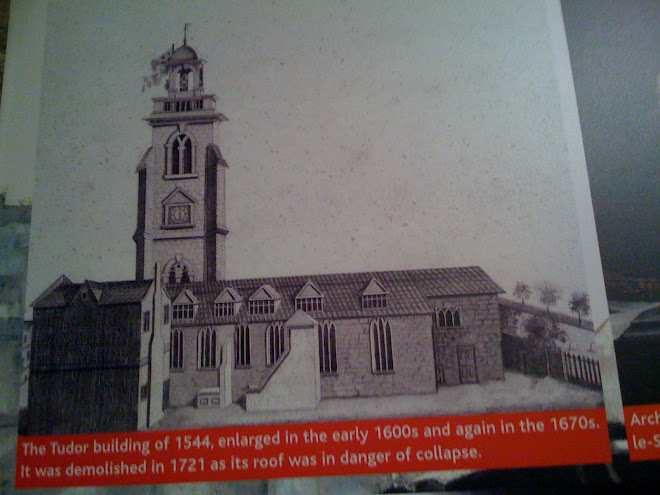
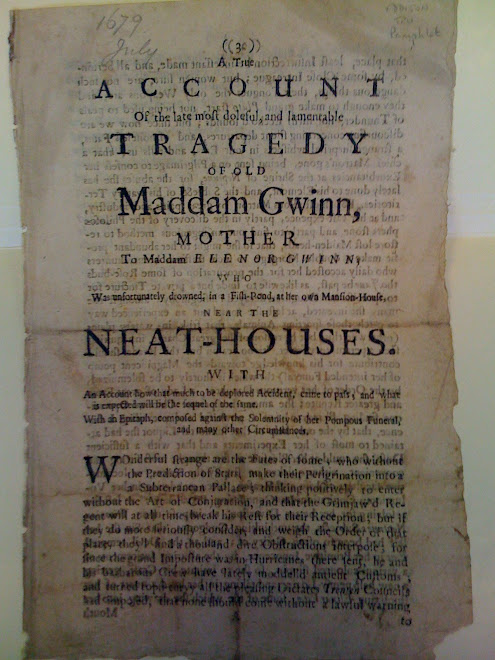
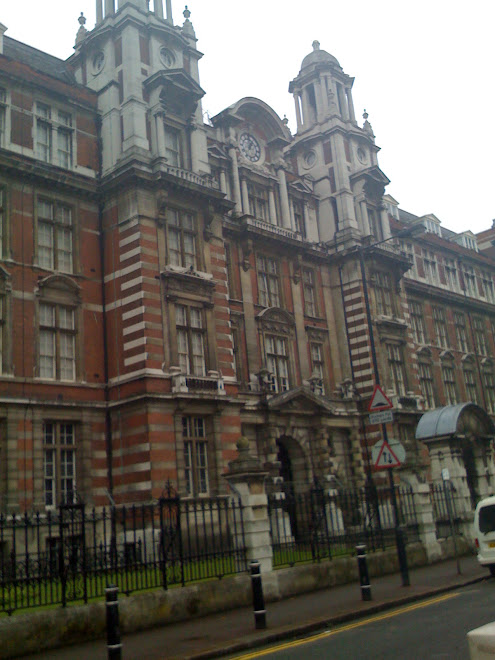
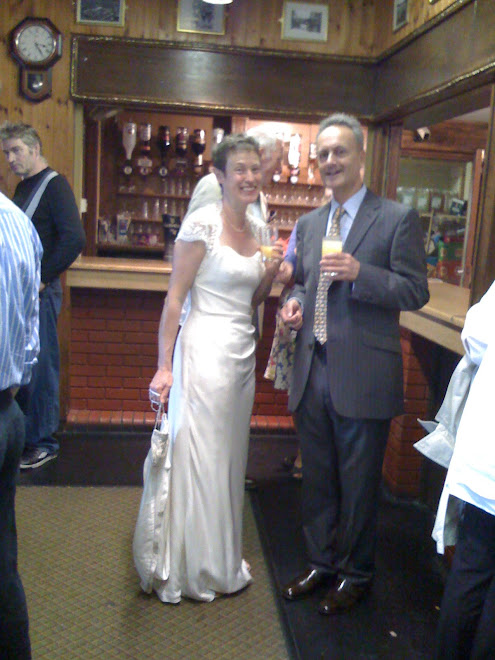

No comments:
Post a Comment